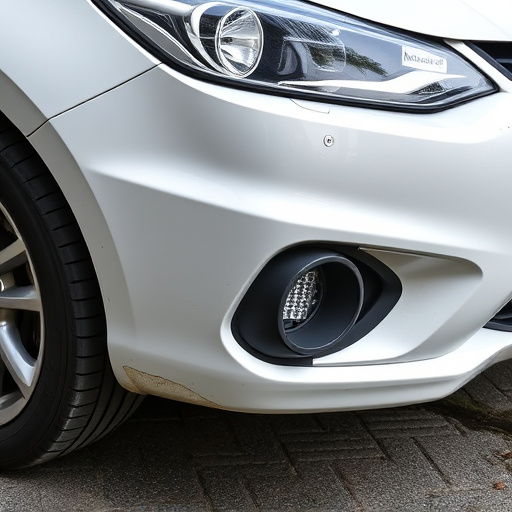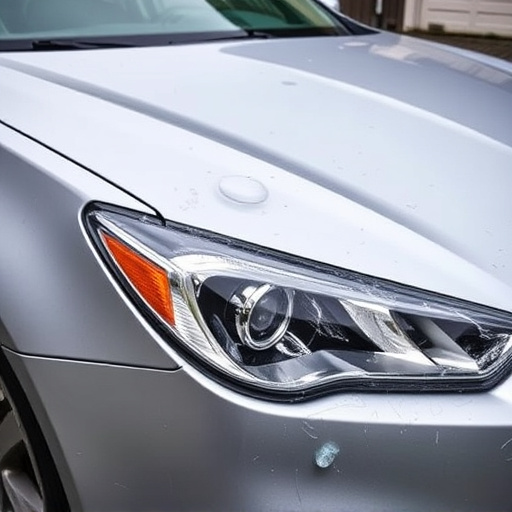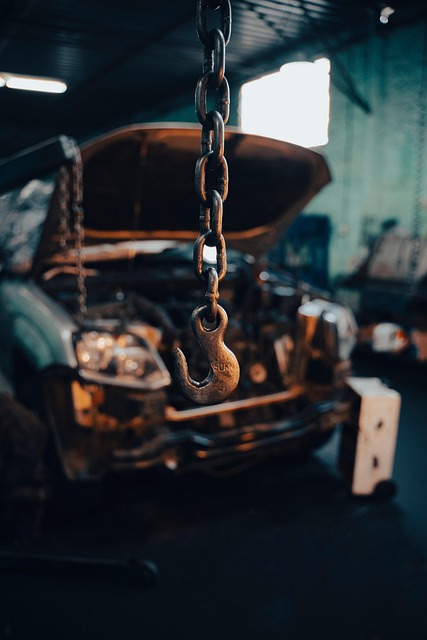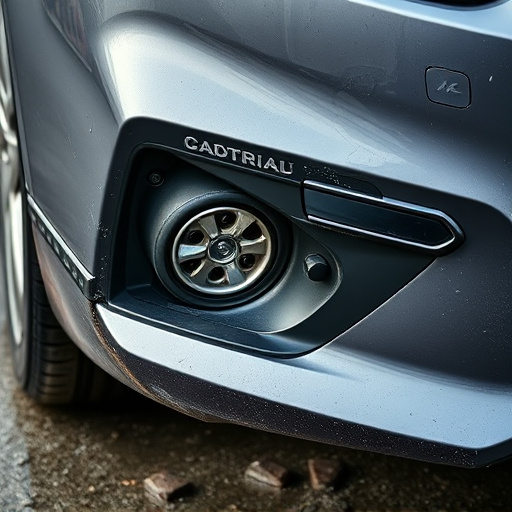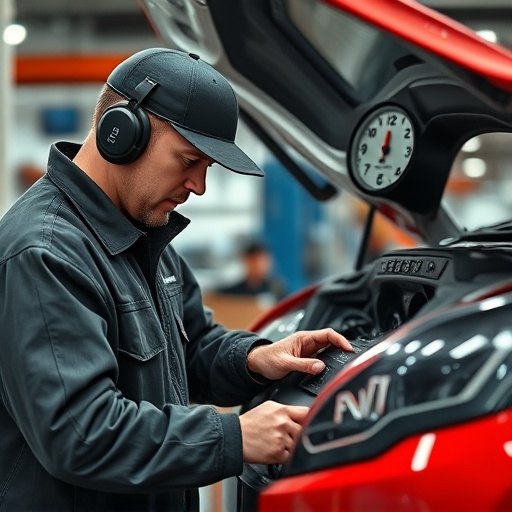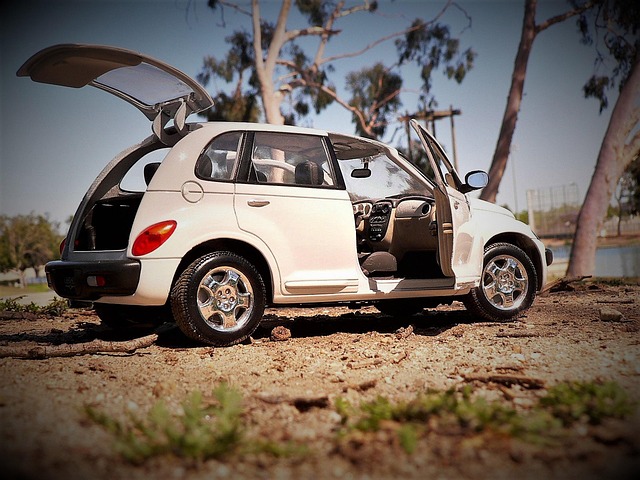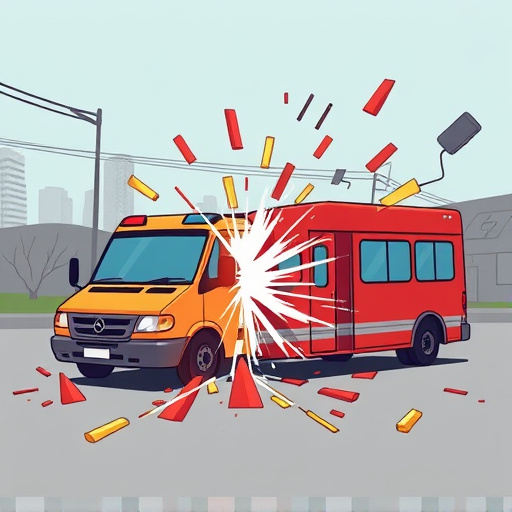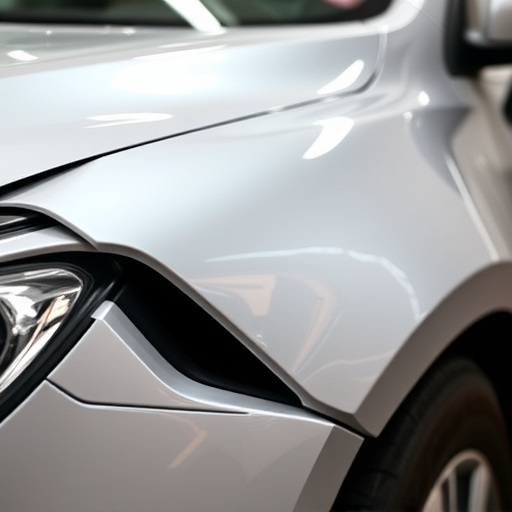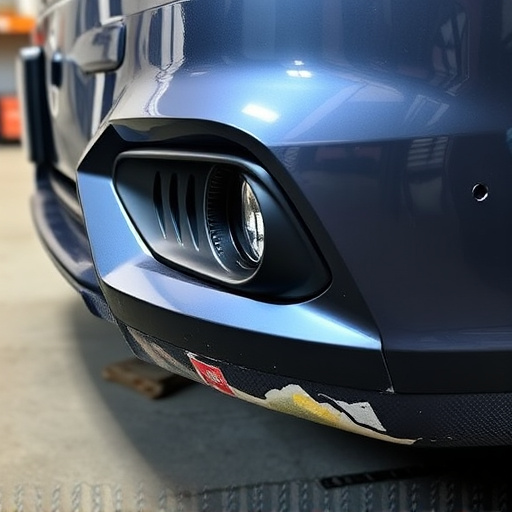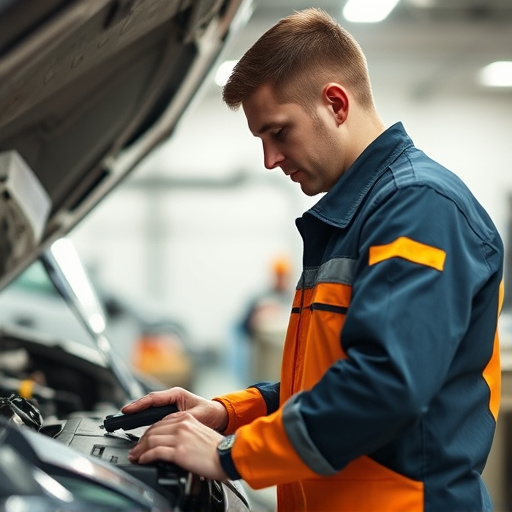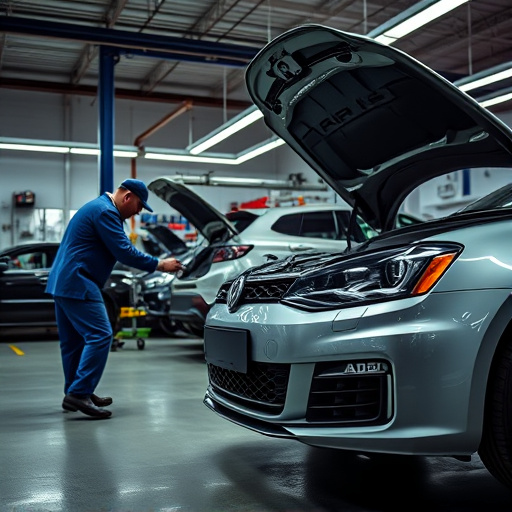Laser frame alignment is a revolutionary technology ensuring precision in vehicle manufacturing and restoration. It addresses structural issues, improves safety, and enhances aesthetics, especially for vintage cars. By utilizing laser scanners, this method accurately aligns car bodies to factory specifications, streamlining collision center operations and increasing productivity. Looking ahead, advancements in laser technology will drive future innovations, including automated processes with robotics and enhanced tire services, aiming for safer, more efficient vehicles while maintaining historical vehicle integrity.
Laser frame alignment is a game-changer in automotive manufacturing, ensuring vehicle precision and quality. This cutting-edge technology allows for exacting adjustments, crucially aligning chassis and body panels with millimetric accuracy. By understanding the basics of laser frame alignment, we uncover key benefits that drive innovation in car production. From improved safety to enhanced aesthetics, its impact is undeniable. Explore best practices and future trends as we delve into the transformative role of laser technology in achieving unparalleled vehicle precision.
- Understanding Laser Frame Alignment: The Basics
- Key Benefits of Laser Frame Alignment for Automotive Manufacturing
- Best Practices and Future Trends in Vehicle Precision Using Laser Technology
Understanding Laser Frame Alignment: The Basics
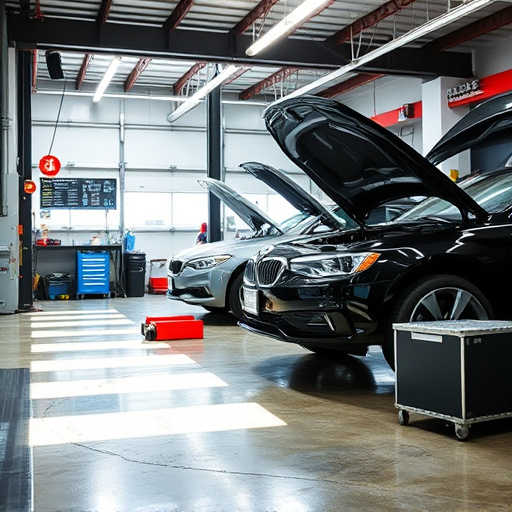
Laser frame alignment is a crucial process that ensures the structural integrity and precision of a vehicle’s body. It involves using advanced laser technology to measure and adjust the critical dimensions of the car’s chassis and body panels, bringing them into perfect harmony. This meticulous procedure is essential for achieving optimal performance, safety, and aesthetics in both new vehicles and those undergoing restoration or repair.
In the context of car restoration or fender repair, laser frame alignment plays a pivotal role. It helps to realign distorted frames, misaligned body panels, and damaged components, ensuring that the vehicle’s structure is as close to its original specifications as possible. This precision is particularly vital in complex vehicle restoration projects, where every detail matters to recreate the car’s historical integrity while enhancing its modern performance capabilities.
Key Benefits of Laser Frame Alignment for Automotive Manufacturing
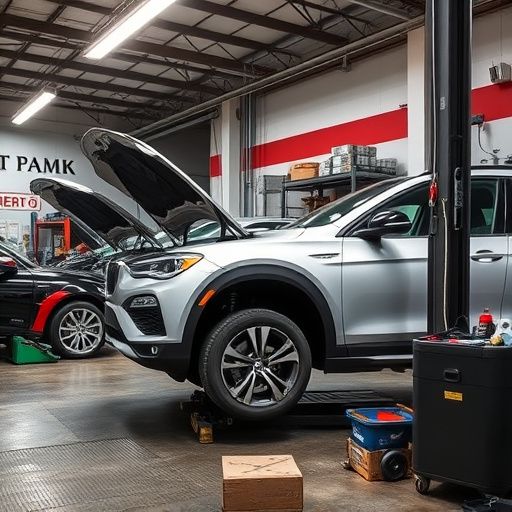
Laser frame alignment is a game-changer in automotive manufacturing, offering numerous advantages that enhance both efficiency and quality control on the production line. One of its key benefits is the precision it brings to the process of frame straightening. By utilizing advanced laser technology, manufacturers can achieve exacting measurements and adjustments, ensuring each vehicle’s frame is perfectly aligned according to specific design parameters. This level of accuracy is critical for maintaining structural integrity and safety standards, especially as vehicles become increasingly complex with lightweight materials and advanced designs.
Furthermore, laser frame alignment streamlines the collision center or vehicle body shop operations by reducing the time and labor required for manual adjustments. Automating this process not only increases productivity but also minimizes the risk of human error, resulting in more consistent outcomes. This advanced technology is particularly valuable for mass production environments where consistency and speed are paramount to meeting manufacturing deadlines and maintaining competitive market positions.
Best Practices and Future Trends in Vehicle Precision Using Laser Technology
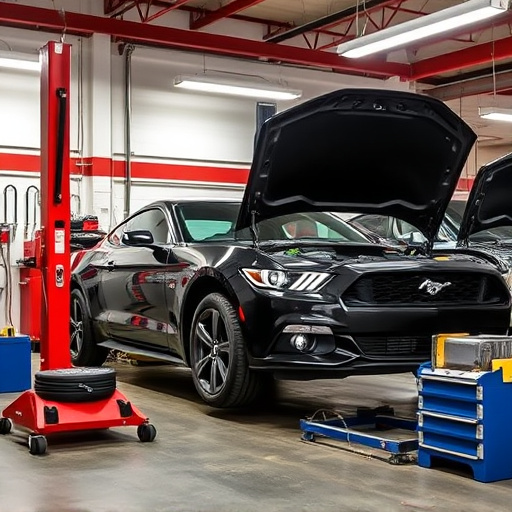
The future of vehicle precision lies heavily on advancements in laser technology, particularly in laser frame alignment. Best practices involve utilizing highly precise laser scanners to capture and analyze car body dimensions with unprecedented accuracy. This data is crucial for tasks such as car restoration, ensuring that every part is meticulously aligned to factory specifications. As the automotive industry continues to evolve, focusing on sustainability and autonomous driving, laser frame alignment becomes a critical tool in achieving these goals.
Future trends suggest integration of this technology with advanced robotics for automated alignment processes during manufacturing and car body repair. Moreover, lasers could play a significant role in enhancing tire services by providing precise measurements for tire pressure monitoring systems, contributing to safer and more efficient vehicles. These innovations promise to drive the industry forward, offering unparalleled precision and quality in every aspect of vehicle construction and maintenance.
Laser frame alignment is a game-changer in automotive manufacturing, ensuring precision and quality across all vehicle components. By utilizing advanced laser technology, manufacturers can achieve seamless integration and optimal performance. As we look towards the future, continued innovation in this field will drive even greater efficiency and accuracy in vehicle production, solidifying laser frame alignment as an indispensable process for achieving unparalleled precision in the automotive industry.
